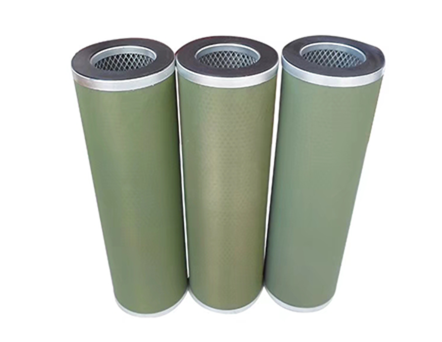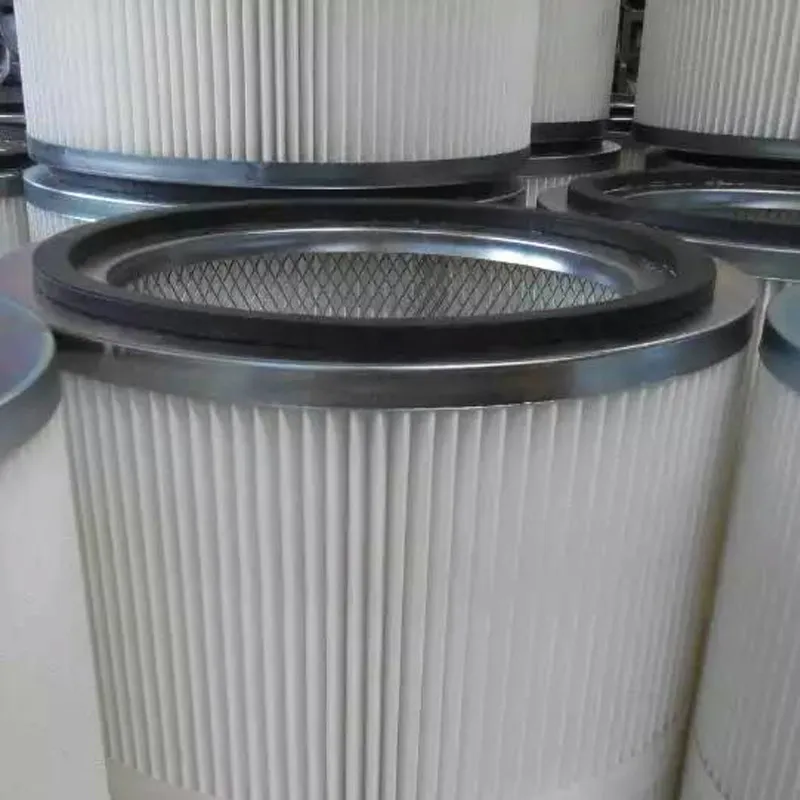 Tel:
+8618931101301
Tel:
+8618931101301
12 月 . 05, 2024 20:04 Back to list
Optimizing Air to Cloth Ratio for Enhanced Cartridge Filter Performance
The Importance of Air-to-Cloth Ratio in Cartridge Filters
When it comes to the effective filtration of air or liquid, the air-to-cloth ratio is a critical parameter in the design and operation of cartridge filters. This ratio is a measure of the amount of air or fluid that flows through the filter media in relation to the surface area of the cloth used for filtration. Understanding and optimizing this ratio is essential for achieving efficient filtration, prolonging filter life, and maintaining system performance.
What is Air-to-Cloth Ratio?
The air-to-cloth ratio is defined as the volumetric flow rate of air passing through the filter divided by the surface area of the filter media. This ratio provides insights into the loading capacity of the filter, which directly impacts the filter's efficiency and the longevity of the filter media. A lower air-to-cloth ratio generally indicates better filtration efficiency because it allows for optimal contact time between the pollutant-laden air and the filter media. Conversely, a higher air-to-cloth ratio may lead to quicker clogging of the filter and a reduction in the filtration effectiveness.
Factors Influencing Air-to-Cloth Ratio
Several factors can influence the optimal air-to-cloth ratio for cartridge filters, including
1. Type of Contaminants The nature of the particles being filtered — whether they are coarse or fine — will dictate the appropriate air-to-cloth ratio. Fine particulates typically require lower ratios for effective removal.
2. Filter Media Material Different materials possess varying levels of permeability and filtration efficiency. Synthetic fibers, for example, may allow more flow while still capturing fine particles effectively.
3. Flow Rate The specific application and its operational flow conditions significantly impact the optimal ratio. Higher flow rates usually necessitate adjustments in the ratio to prevent excessive wear and clogging.
4. Filter Configuration The design and arrangement of the filters can also affect flow patterns, which in turn influences the air-to-cloth ratio. Vertical or horizontal arrangements may lead to different velocities and loadings on the filter media.
Benefits of Optimizing Air-to-Cloth Ratio
air to cloth ratio for cartridge filter

Optimizing the air-to-cloth ratio has several significant benefits
1. Improved Filtration Efficiency An appropriate ratio maximizes the interaction between air and filter media, resulting in better particle capture rates and reduced escape of contaminants.
2. Extended Filter Life By preventing excessive loading, maintaining a lower air-to-cloth ratio can significantly prolong the life of the filter media. This means less frequent replacements and reduced operational costs.
3. Reduced Energy Consumption Efficient filters require less energy to maintain airflow, leading to reduced operational costs and a lower carbon footprint.
4. Enhanced System performance Filtration systems that operate optimally not only improve air quality but also enhance the performance of downstream equipment by preventing dust and particulates from causing damage.
Calculating the Air-to-Cloth Ratio
The air-to-cloth ratio can be calculated using the following formula
\[ \text{Air-to-Cloth Ratio} = \frac{\text{Flow Rate (CFM)}}{\text{Cloth Area (sq ft)}} \]
Where CFM stands for cubic feet per minute. To determine the most suitable air-to-cloth ratio for a specific application, it’s essential to consider the parameters mentioned earlier, including the nature of the contaminants and the flow conditions.
Conclusion
In summary, the air-to-cloth ratio is a vital metric that must be optimized in cartridge filter applications to ensure efficient filtration and performance. By understanding the factors that influence this ratio and recognizing the associated benefits, facility operators can make informed decisions about their filtration systems. Optimizing the air-to-cloth ratio not only results in cost savings but also contributes to a more sustainable operation, making it a key consideration in today’s industrial and commercial filtration processes. As technology advances and new materials emerge, ongoing research and development will continue to refine our understanding of air-to-cloth ratios, ensuring that industries can achieve the highest standards of air and liquid quality.
-
How to choose a high-efficiency air filter? Here comes a professional guideNewsOct.21,2024
-
Air filter: multi-field application, protecting fresh airNewsOct.17,2024
-
Carbon air filter: a green guard to protect air qualityNewsOct.16,2024
-
Can activated carbon completely remove indoor odors and pollutants in air purification?NewsOct.14,2024
-
How to filter air efficiently and ensure indoor air quality?NewsOct.12,2024
-
Activated carbon filter: the invisible guard of clean water lifeNewsOct.11,2024

 Email:
Email:





